Are lab grown diamonds real diamonds?
Key Takeaways:
- Lab grown diamonds are real diamonds: Lab grown diamonds have the same physical and chemical properties as natural diamonds, making them indistinguishable to the naked eye.
- Lab grown diamonds offer cost savings: Lab grown diamonds are typically more affordable than natural diamonds, making them a viable option for those on a budget.
- Lab grown diamonds are an ethical choice: Unlike natural diamonds, lab grown diamonds do not contribute to issues such as mining-related environmental damage or human rights abuses.
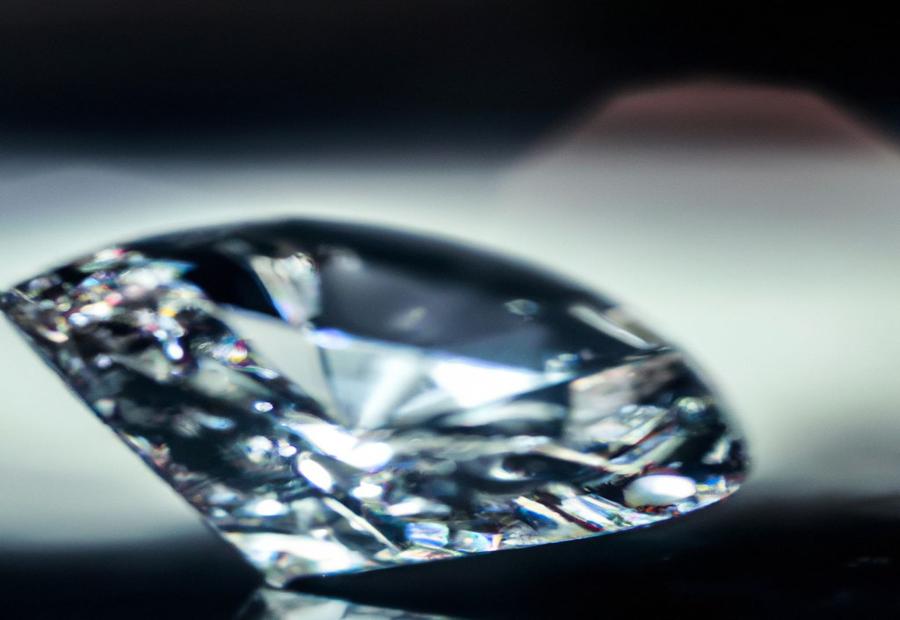
Photo Credits: Www.Lab-Grown-Diamond-Earrings.Com by Roger Rivera
Lab grown diamonds have become a hot topic in the jewelry industry, but are they truly real diamonds? In this section, we’ll dive into the definition and explanation of lab grown diamonds, shedding light on their unique characteristics and how they compare to natural diamonds. Additionally, we’ll explore the importance and relevance of lab grown diamonds in the jewelry industry today, uncovering the factors that have contributed to their rising popularity. Get ready to uncover the truth about lab grown diamonds and their place in the world of jewelry.
Definition and explanation of lab grown diamonds
Lab-grown diamonds, also called synthetic or cultured diamonds, are made in a lab. They have the same physical, chemical, and optical properties as natural diamonds. To make them, a seed crystal is exposed to extreme pressure and heat, or a mix of gases in a plasma environment. Carbon atoms are then deposited onto the seed crystal. Over time, the diamond is formed.
Lab-grown diamonds are becoming more popular in the jewelry industry. They are more sustainable and ethical than mined diamonds, and they cost less. Consumers care about sustainability and responsible sourcing, making lab-grown diamonds a great choice.
Public perception of lab-grown diamonds is changing. Initially, they were seen as inferior, but now they are being recognized as genuine alternatives. The jewelry industry is also starting to accept them more.
When buying lab-grown diamonds, consider the production method, size, quality, and company. Research and make an educated decision.
Importance and relevance of lab grown diamonds in the jewelry industry
The jewelry industry has embraced lab grown diamonds for their importance and relevance. These diamonds are made with a formation process that mimics natural diamond growth, creating high-quality gems. Lab grown diamonds have several advantages over natural ones. For instance, they cost less and are produced ethically.
Lab grown diamonds have become pivotal in the jewelry industry due to their special properties. They have the same physical, chemical, and optical features as natural diamonds – making them impossible to distinguish with the naked eye. The production process of lab grown diamonds recreates the conditions found deep inside the Earth’s mantle, resulting in top-notch gems.
Lab grown diamonds offer an economical option compared to natural ones. They are crafted more efficiently and require less workforce, leading to a lower cost per carat. This makes them more accessible to customers.
Ethics also matter in the jewelry industry’s approval of lab grown diamonds. Creating lab grown diamonds eliminates traditional diamond mining activities, which can have negative environmental and social effects. By buying lab grown diamonds, jewelers can ensure their products are ethically sourced and eco-friendly.
Properties of lab grown diamonds
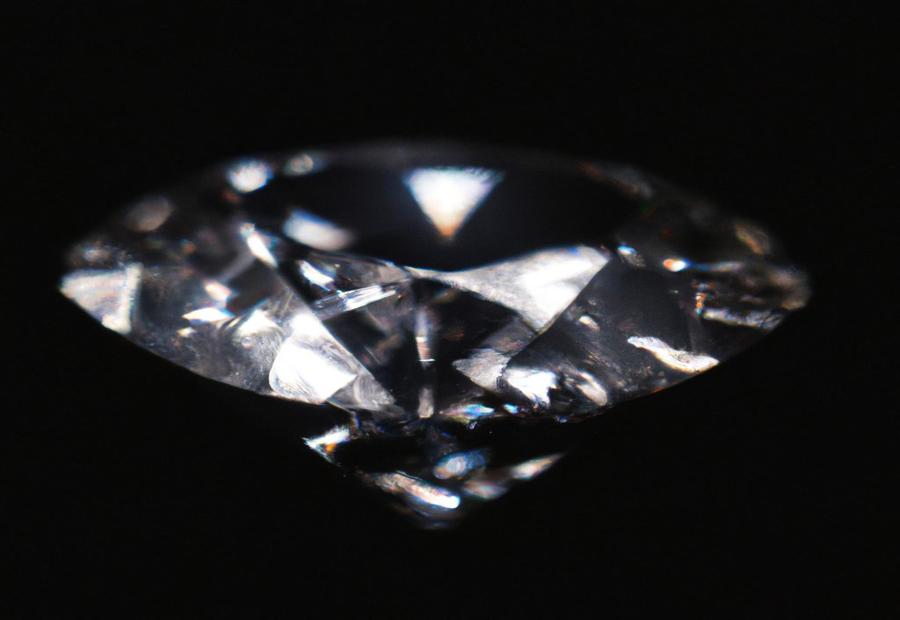
Photo Credits: Www.Lab-Grown-Diamond-Earrings.Com by Sean Rivera
Lab grown diamonds have been gaining popularity in recent years, but are they really diamonds? In this section, we will explore the properties of lab grown diamonds, including their formation process and how they compare to natural diamonds. Get ready to unearth fascinating insights into the world of lab grown diamonds and discover the remarkable similarities and distinctions that set them apart.
Formation process of lab grown diamonds
Lab grown diamonds: Nature’s jealous attempt at creating something as perfect as me. These diamonds are made in a laboratory, with advanced technology and processes. They have the same chemical, physical, and optical properties as natural diamonds. Creating them requires replicating the natural formation process, but in a controlled environment.
Four main steps make up the formation process:
- Seed Initiation – This is where the diamond seed is introduced to a growth chamber.
- Chemical Vapor Deposition – Hydrogen and methane gases are heated, creating carbon atoms which are deposited on the seed.
- High Pressure High Temperature Method – Carbon source material is exposed to high temperatures and pressures.
- Diamond Growth – Carbon atoms are added over time, forming larger and more complex diamond crystals.
The process is accelerated in the lab, creating diamonds that are visually indistinguishable from natural diamonds. They can be tailored to have specific colors, clarity, and sizes. Lab grown diamonds are ethically sourced alternatives to natural diamonds.
Comparison of lab grown diamonds with natural diamonds
Lab grown diamonds are similar to natural diamonds in terms of their characteristics and properties. They are formed through a process that mimics the natural conditions for diamond growth.
Cost is a key comparison between these two types of diamonds. Lab grown diamonds are typically more affordable than natural diamonds. Plus, they are eco-friendly and conflict-free, making them the ethical choice.
In the table below, we can see a comparison of the two types of diamonds:
| Comparison | Lab Grown Diamonds | Natural Diamonds |
|---|---|---|
| Cost | More affordable | More expensive |
| Formation | Man-made | Naturally formed |
| Properties | Similar to natural diamonds | Similar to natural diamonds |
| Ethics | Eco-friendly and conflict-free | Environmental concerns |
The jewelry industry is increasingly recognizing the value of lab grown diamonds due to their quality and affordability. As people become more aware of the benefits of lab grown diamonds, their demand is growing.
Comparison with natural diamonds
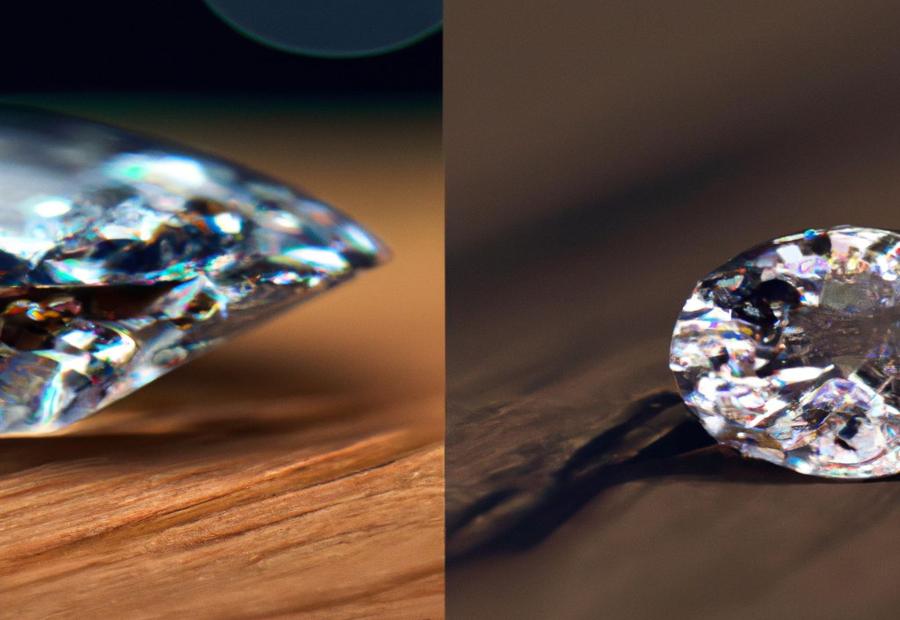
Photo Credits: Www.Lab-Grown-Diamond-Earrings.Com by Adam Jackson
Lab grown diamonds have made a remarkable entry into the diamond industry, providing an alternative to natural diamonds. In this section, we will compare lab grown diamonds with their natural counterparts, focusing on the differences in cost and ethical considerations. Discover the intriguing cost differentials and the ethical implications of embracing lab grown diamonds, as we delve into a fascinating realm where science intersects with luxury.
Differences in cost between lab grown diamonds and natural diamonds
Lab grown diamonds offer a great price difference compared to natural ones. The production process of lab grown diamonds is much more controlled and efficient, meaning it is much cheaper. The availability of lab grown diamonds is higher than natural diamonds, further lowering the cost. This makes lab grown diamonds an affordable option without compromising on quality.
When comparing the cost of lab grown diamonds and natural diamonds, factors such as size, color, clarity, and cut must be considered. Lab grown diamonds usually have a smaller price per carat than natural diamonds with similar features. The table below shows the difference in cost:
| Factors | Lab Grown Diamonds | Natural Diamonds |
|---|---|---|
| Size | More affordable | Higher cost |
| Color | More affordable | Higher cost |
| Clarity | More affordable | Higher cost |
| Cut | More affordable | Higher cost |
This table shows how lab grown diamonds are generally cheaper. Though some rare or high-quality lab grown diamonds may still cost more.
It is important to note that while the initial cost of lab grown diamonds may be lower, the long-term value of them has yet to be determined compared to natural diamonds. More research and consumer insights will help make this clear.
When considering the cost of lab grown and natural diamonds, the individual’s budget, preferences, and purpose of buying a diamond should be taken into account. Seeking advice from experts or jewelers can give valuable guidance when buying a diamond. By understanding all the factors and considering both financial aspects and long-term perspectives, people can make the best choice for their individual needs.
Ethical considerations of lab grown diamonds
Lab-grown diamonds have become a hot topic in the jewelry industry due to their ethical appeal. They are made in laboratories with advanced technology, replacing the need for diamond mining and its related environmental and social issues. Are lab grown diamonds real diamonds?
Lab-grown diamonds are conflict-free. In contrast, natural diamonds may come from regions with human rights violations or environmental damage. Buying lab-grown diamonds ensures no unethical practices are being supported.
Furthermore, reducing the demand for natural diamonds helps diamond mining communities. Choosing lab-grown diamonds can support a more sustainable and responsible diamond industry.
In addition, lab-grown diamonds have two more benefits: lower cost and more customization options. This makes them attractive to buyers who care about ethics and affordability.
The ethical considerations of lab-grown diamonds are important in the jewelry industry. They offer an ethical option without sacrificing style or quality.
Perception and acceptance
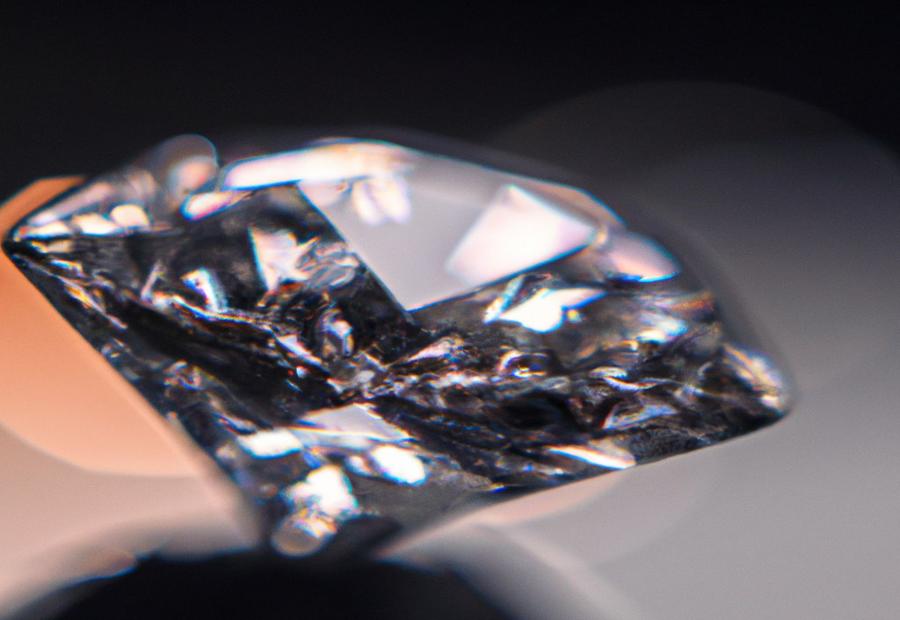
Photo Credits: Www.Lab-Grown-Diamond-Earrings.Com by Bruce Ramirez
Public perception and industry acceptance play significant roles in determining the legitimacy of lab-grown diamonds. Understanding how lab-grown diamonds are perceived by the public and whether they are accepted in the jewelry industry is crucial. In this section, we will explore the intriguing dynamics surrounding the perception of lab-grown diamonds and their level of acceptance within the jewelry industry.
Public perception of lab grown diamonds
Lab grown diamonds have grabbed attention from consumers and the jewelry biz. The public views these diamonds positively, due to their enviro-friendly and sustainable nature. Plus, they’re cheaper than natural ones. Social media and celeb endorsements have helped grow the perception of lab grown diamonds.
Though there’s some skepticism or lack of knowledge, generally, the public views them as real diamonds, for their unique properties and ethical advantages. The demand for these diamonds in the jewelry industry has grown.
If you’re thinking of buying a lab grown diamond, research different companies. Look for ones that provide certifications and guarantees for their product’s quality and authenticity.
Acceptance of lab grown diamonds in the jewelry industry
Lab grown diamonds have gained widespread acceptance in the jewelry industry. They possess the same qualities as natural diamonds, and are created in a laboratory with advanced techniques. This has made them a popular choice and more affordable option compared to natural diamonds.
The acceptance of lab grown diamonds is due to several factors. Firstly, they can be produced in a controlled environment with consistent color, clarity, and shape. This makes custom designs easier for jewelers. Also, lab grown diamonds are indistinguishable from natural ones, making them desirable for consumers.
Ethical considerations are driving the acceptance of lab grown diamonds too. They have minimal impact on ecosystems and human rights, unlike natural diamonds that are sourced through mining. As sustainability is a growing concern, jewelers are embracing lab grown diamonds as a responsible alternative.
Public perception of lab grown diamonds is shifting. While some still prefer natural diamonds, more people are recognizing the advantages of lab grown diamonds. The market for lab grown diamond companies further demonstrates this acceptance in the jewelry industry.
Overall, lab grown diamonds are accepted in the jewelry industry due to their quality, affordability, and ethical advantages. It is expected that the acceptability of lab grown diamonds will grow as consumer demand evolves towards sustainable options. When buying lab grown diamonds, sparkle responsibly and compare different companies to avoid any potential ‘gem embarrassment’.
Buying considerations
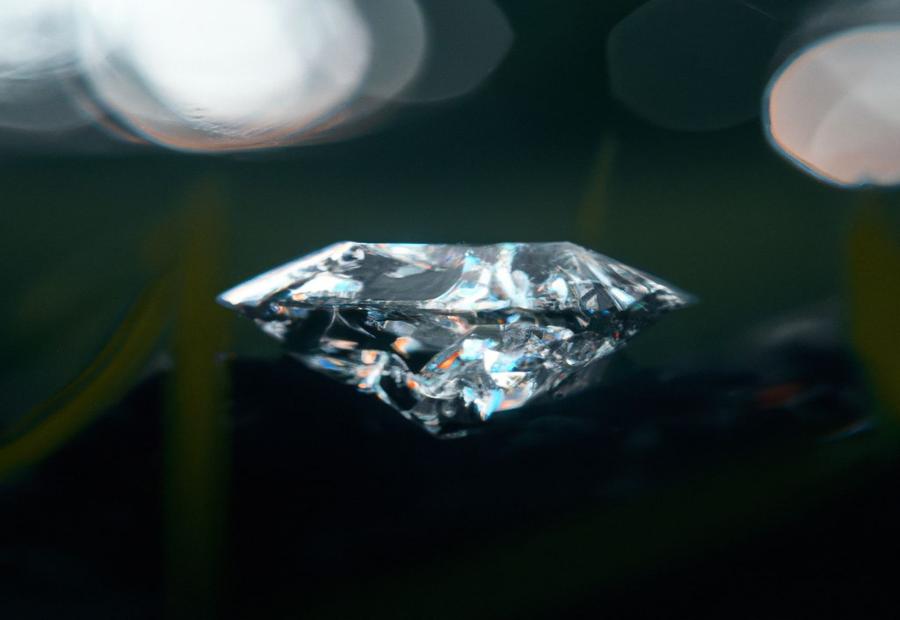
Photo Credits: Www.Lab-Grown-Diamond-Earrings.Com by Jerry King
When it comes to buying lab-grown diamonds, there are a few key factors to consider. In this section, we’ll uncover what you need to know before making your purchase. From important factors to consider when purchasing lab-grown diamonds to a comparison of different company options, we’ll provide you with the insights you need to make an informed decision. So, let’s dive in and explore the world of lab-grown diamonds and the key considerations to keep in mind.
Factors to consider when purchasing lab grown diamonds
When buying lab-grown diamonds, several things should be kept in mind. Quality is key – consider color, clarity, and carat weight. Examine the diamond’s grading report to make sure it meets requirements.
Lab-grown diamonds are cheaper than natural ones. Compare prices from different vendors to get the best value. Despite being more affordable, they still have the same characteristics and beauty.
Look at the warranty or guarantee the seller offers. Many lab-grown diamond companies provide warranties in case of any issues.
Also, research the reputation and credibility of the lab-grown diamond company. Read customer reviews and testimonials to judge trustworthiness. Choosing a reliable and established company gives more confidence in the purchase.
To make the right choice, factor in quality, price, warranty/guarantee, and the company’s reputation. This way, buyers can select a high-quality lab-grown diamond that meets their needs and budget.
Comparison of lab grown diamond company options
To compare lab grown diamond companies, we can create a table. It should have columns showing criteria like pricing, diamond quality, customer reviews, customization, and warranties. This will give buyers a clear view of the different companies and their offerings.
Each company may have its own benefits. Some may focus on cheaper diamonds. Others may prioritize higher-quality diamonds. Customers looking for customization may prefer companies with bespoke services.
It’s also essential for buyers to look for reviews or testimonials from other customers. This will give insights into the customer experience and after-sales service.
When choosing a lab grown diamond company, buyers should consider all these factors. They should evaluate the purchase and the long-term ownership experience. This will help them make an educated decision based on their preferences, budget, and desired qualities.
Conclusion
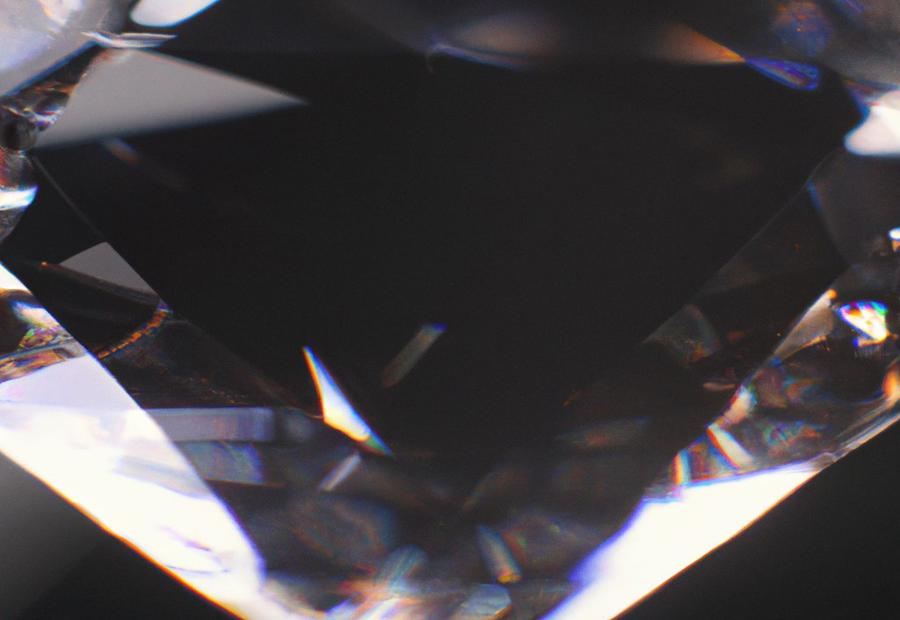
Photo Credits: Www.Lab-Grown-Diamond-Earrings.Com by Jeffrey Nguyen
Lab grown diamonds are real diamonds! They are made using scientific processes that replicate the conditions diamonds form in nature. High-pressure and high-temperature (HPHT) or chemical vapor deposition (CVD) methods create lab grown diamonds with the same chemical composition and crystal structure as natural diamonds. The only difference is their origin. Lab grown diamonds are created in controlled laboratory environments, rather than deep in the Earth’s crust.
Lab grown diamonds are just like natural diamonds. They have the same hardness, brilliance, and fire. Plus, they have the same optical properties. These diamonds can even be graded and certified by gemological laboratories.
Lab grown diamonds have an ethical and environmental bonus. Unlike natural diamonds, they don’t come with environmental damage or human rights abuses. They have a smaller carbon footprint and offer a sustainable and responsible option for those who want to make ethical and environmentally friendly choices.
In summary, lab grown diamonds are real diamonds. They share the same chemical composition, crystal structure, and physical properties as natural diamonds. Plus, they offer the advantage of being more ethically and environmentally friendly. Lab grown diamonds provide a great option for those looking for genuine diamonds with a smaller environmental impact.
Some Facts About Lab Grown Diamonds:
- ✅ Lab-grown diamonds are real diamonds that are created in a controlled laboratory environment. (Source: Nathan Alan Jewelers)
- ✅ Chemically, physically, and optically, lab-grown diamonds are identical to natural diamonds. (Source: PureWow)
- ✅ Lab-grown diamonds have the same hardness and durability as natural diamonds. (Source: Koser Jewelers)
- ✅ Lab-grown diamonds can receive certification from reputable institutes like GIA and IGI. (Source: Nathan Alan Jewelers)
- ✅ The resale value of lab-grown diamonds may not be as high as natural diamonds. (Source: Koser Jewelers)
FAQs about Are Lab Grown Diamonds Real Diamonds?
Are lab grown diamonds real diamonds?
Yes, lab grown diamonds are real diamonds. They have the same physical and chemical properties as natural diamonds and can even receive certification from reputable institutes such as GIA and IGI. Visually, lab grown diamonds are indistinguishable from natural diamonds and have the same hardness and durability. The Federal Trade Commission recognized lab grown diamonds as real in 2018.
What is the difference between lab grown diamonds and natural diamonds?
The main difference between lab grown diamonds and natural diamonds is how they are created. Lab grown diamonds are manufactured in a controlled laboratory environment using processes such as Chemical Vapor Deposition (CVD) and High Pressure High Temperature (HPHT), while natural diamonds are formed deep beneath the Earth’s surface through intense heat and pressure. Additionally, lab grown diamonds are generally more affordable than natural diamonds.
Are lab grown diamonds more ethical and sustainable?
Many consider lab grown diamonds to be more ethical and sustainable compared to their natural counterparts. Lab grown diamonds do not involve mining, which has ethical concerns and environmental ramifications. Some lab grown diamond companies use sustainable energy sources and have carbon-neutral or even carbon-negative production methods. However, there are sustainability issues associated with the production of lab grown diamonds.
Can the average person tell the difference between lab grown and natural diamonds?
No, the average person cannot tell the difference between lab grown and natural diamonds with the naked eye. Even expert jewelers may need specific equipment to differentiate between the two. Lab grown diamonds have the same defining characteristics as natural diamonds, making them visually identical.
Are lab grown diamonds significantly cheaper than natural diamonds?
Yes, lab grown diamonds are generally priced 30-50% less than natural diamonds of similar quality. This is because their supply chain is shorter and they do not require the same manual labor as natural diamonds. The price differential makes lab grown diamonds a more affordable option for those looking for luxury jewelry.
How do I ensure the authenticity of a lab grown diamond?
To ensure the authenticity of a lab grown diamond, it is important to purchase from a reputable source and ask for diamond certifications from reputable institutes such as GIA and IGI. These certifications guarantee that the diamond is indeed a lab grown diamond and not a diamond simulant like cubic zirconia.

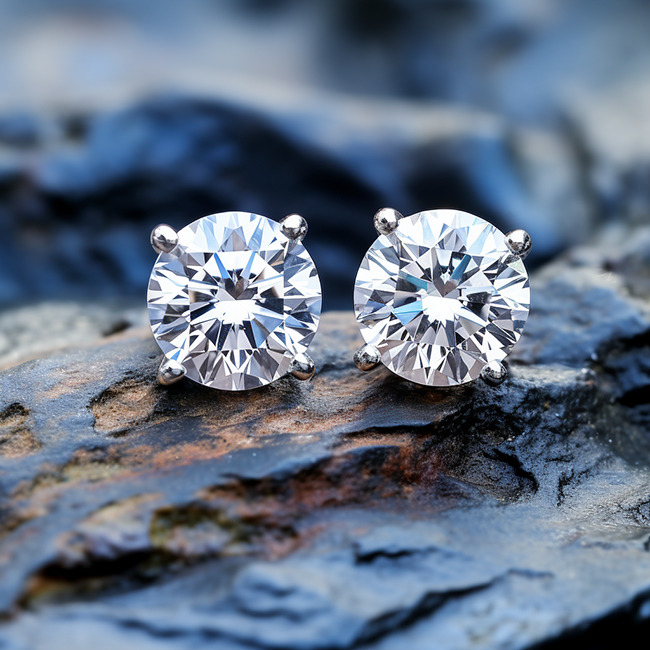
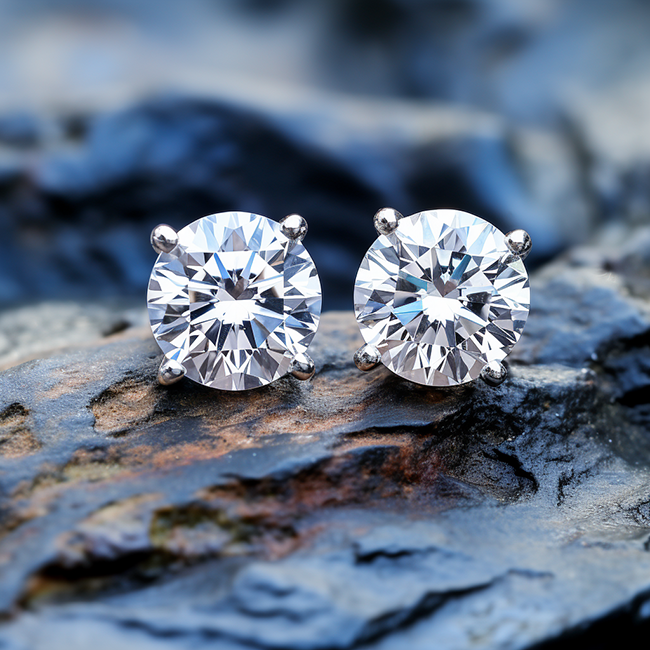
Leave a Reply